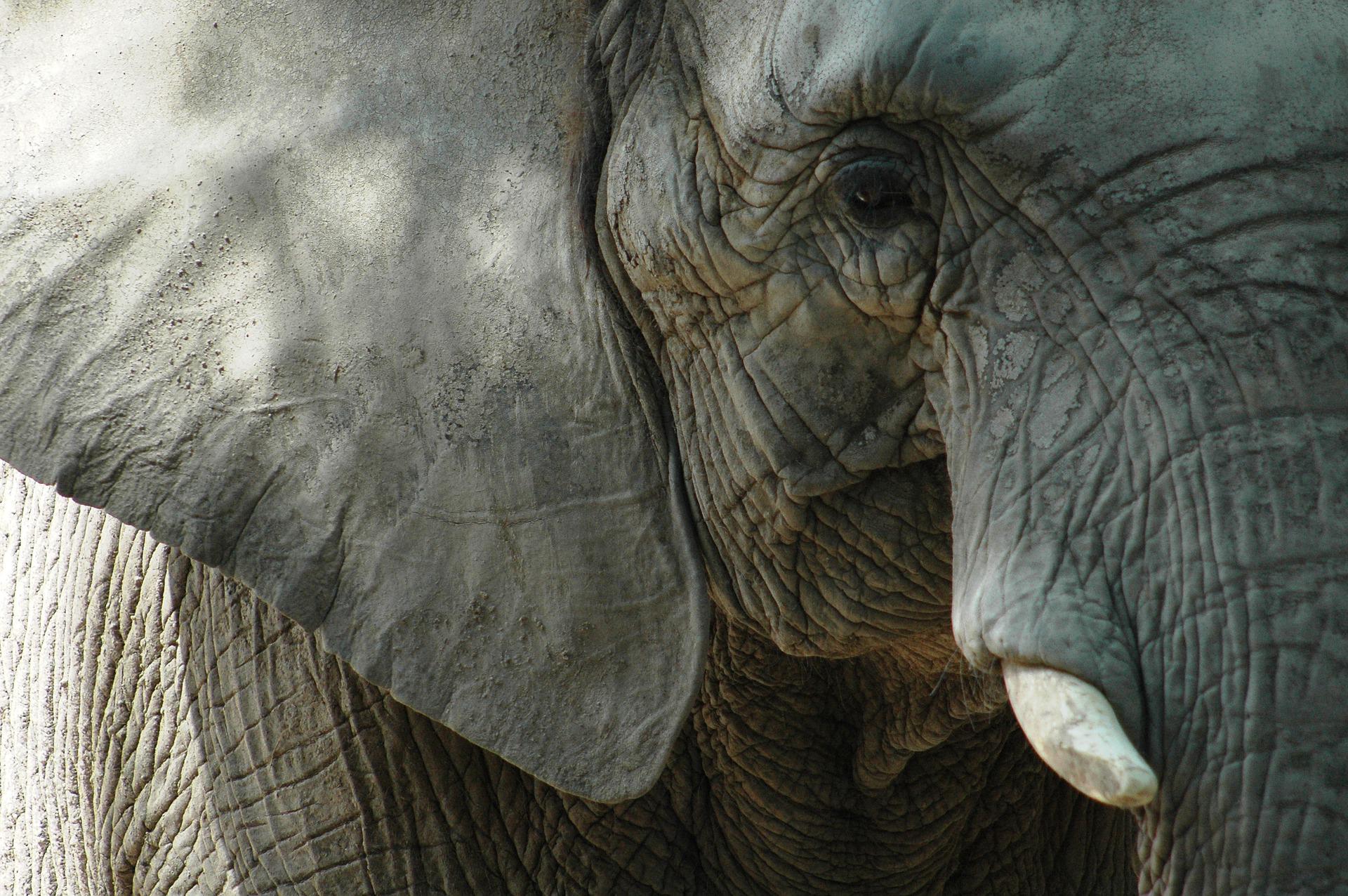
An analysis of social media posts has highlighted how attention on Twitter does not align with the most pressing threats to wild elephants, which may have negative consequences for elephant conservation and lead to resentment from local communities that live with elephants.
The research, led by Griffith University, acknowledged social media as a growing news source for sharing conservation information, but that there have been few studies which have examined the impact of social media on wildlife conservation.
To address this oversight, PhD Candidate Niall Hammond from the used elephants as a test species to conduct a content analysis of tweets posted about elephants during 2019.
According to the global conservation authority, the International Union for Conservation of Nature (IUCN), the most pressing threats to the conservation of wild elephant populations are habitat loss, human-elephant conflict, and poaching, with the magnitude of each threat differing between the three species of elephant (African Forest Elephant, African Savanna Elephant, and Asian Elephant).
“The key highlights were that of the three main threats to wild elephants – being poaching, habitat loss, and human-elephant conflict – there was a lack of attention on Twitter specifically around habitat loss and human-elephant conflict,” Hammond said.
“Our Twitter analysis revealed these major threats were infrequently discussed, with habitat loss being the most infrequently discussed (
“Among the other findings were:
- Elephant welfare issues, such as tourist elephant rides, were the most frequently discussed topic (23%);
- Users from non-elephant range countries were the dominant voice on Twitter (72% of tweets with an identifiable location), with these tweets likely to discuss elephant welfare concerns and trophy hunting, which is not a threat to elephant conservation;
- Conversely, tweets from users from African elephant range countries (14%) were more likely to discuss human-elephant conflict, poaching, and promote elephant tourism;
- Similarly, users from Asian elephant range countries (13%) were likely to discuss human-elephant conflict and elephant tourism but unlikely to tweet about poaching.
“Human-elephant conflict is a major issue. Our study found that the lack of acknowledgement of the impact of human-elephant conflict on local people often leads to resentment from people within elephant range countries, where peoples’ safety and livelihoods are often at risk due to elephants. For example, in India it is estimated that 100 people are killed by elephants each year and 40-50 elephants are killed during crop raiding.”
The findings also identified that the location of the tweets’ origins highlighted a divide in the understanding and lived experiences of those who resided in countries with elephants and those without.
“We could see that Twitter users from, for example, Botswana took issue with particularly people in North America and Europe criticizing how their countries and regions decided to manage their own wildlife,” Hammond said.
“When we watch nature documentaries, elephants are often portrayed as living in areas where there are no people, but that is not the reality.
“The reality is that in many areas, elephants and people live in shared spaces, where there are no fences to separate people and wildlife. Communities in these areas make great sacrifices for elephants, in some cases going as far as to self-impose curfews at night due to the presence of elephants or farmers sleeping in their fields to protect their crops from elephants.
“This is subsistence farming a lot of the time where people are just getting by, so if an elephant does come into their field, their whole livelihood could be gone.
“It is important to acknowledge the sacrifices these communities make on a daily basis in co-existing with elephants and advocate for greater rights for communities to manage their wildlife sustainably because without their continued support the conservation of elephants would not be possible.”
Hammond said given the relatively low representation of local stakeholders and the limited coverage of key conservation threats, there is a need to ensure that social media discussions do not overly influence decision-makers.
The research ‘Examining attention given to threats to elephant conservation on social media’ has been published in Conservation Science and Practice.






